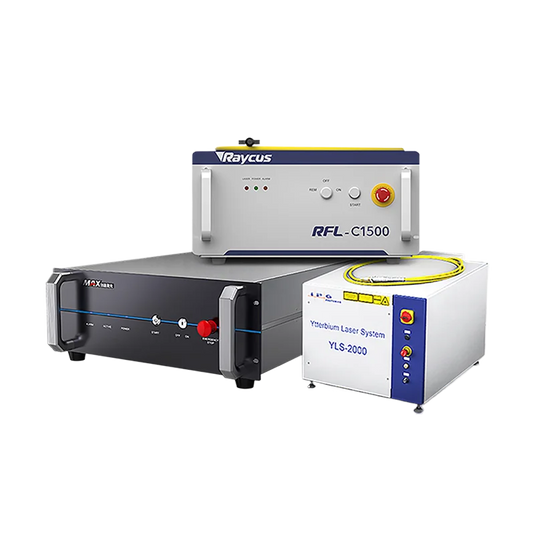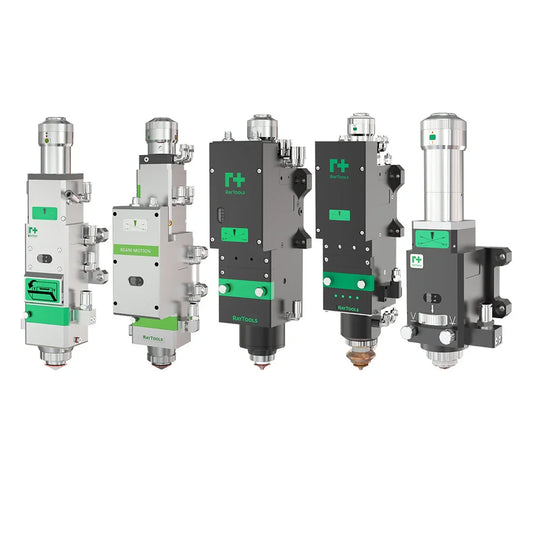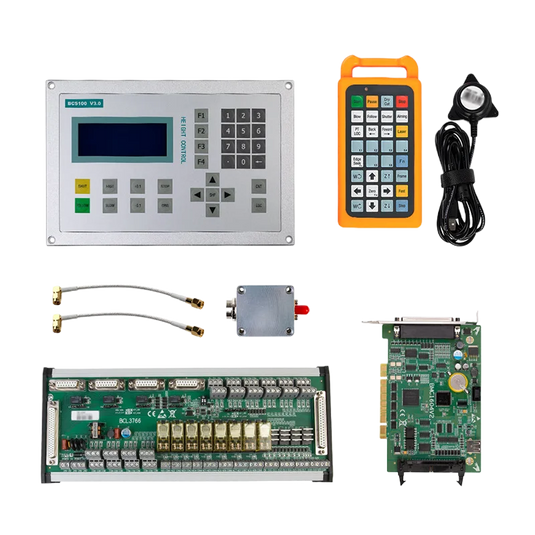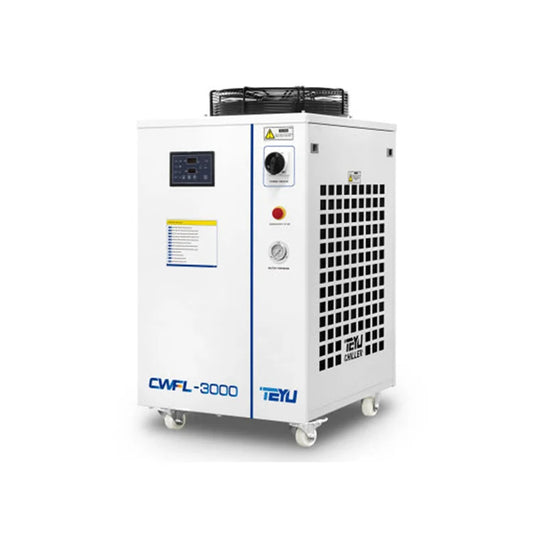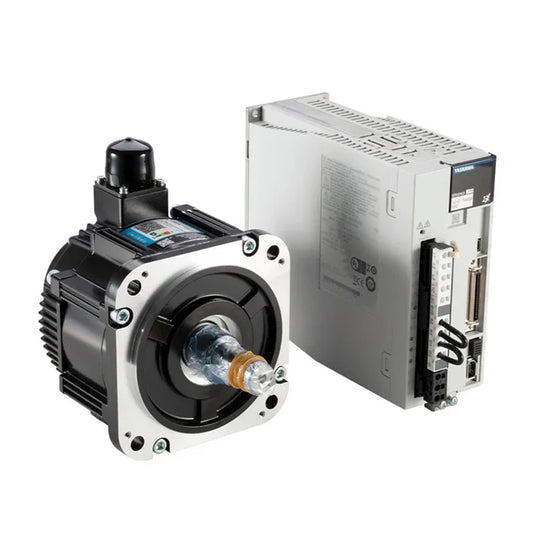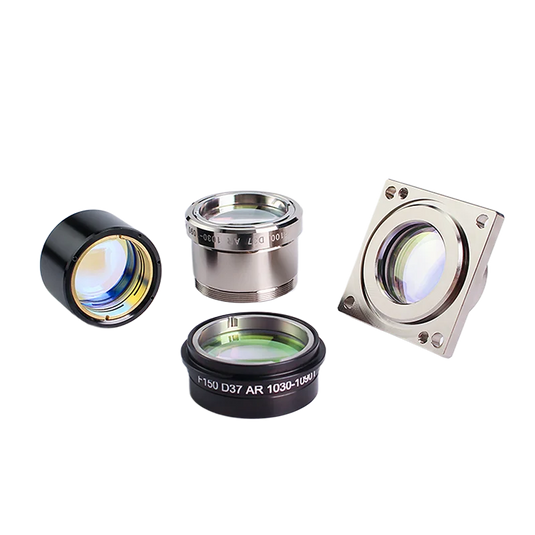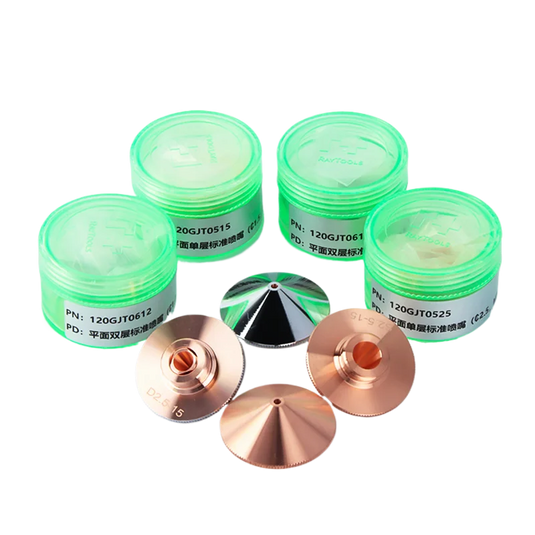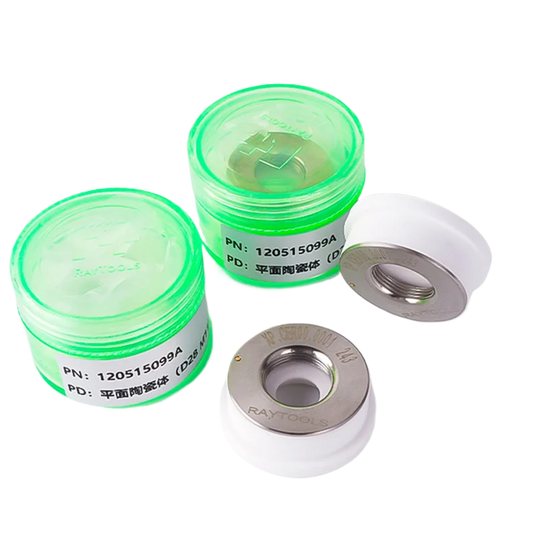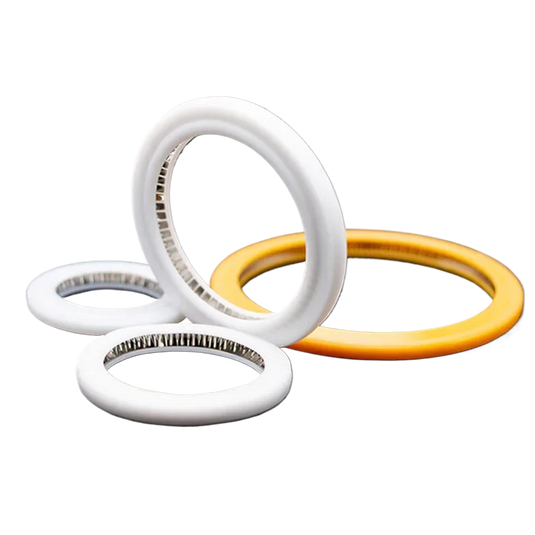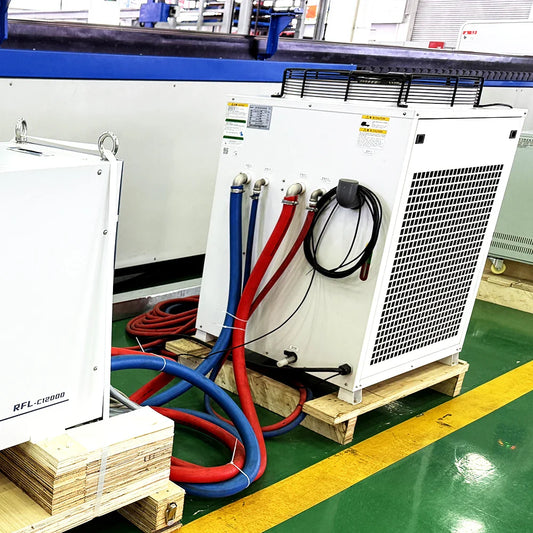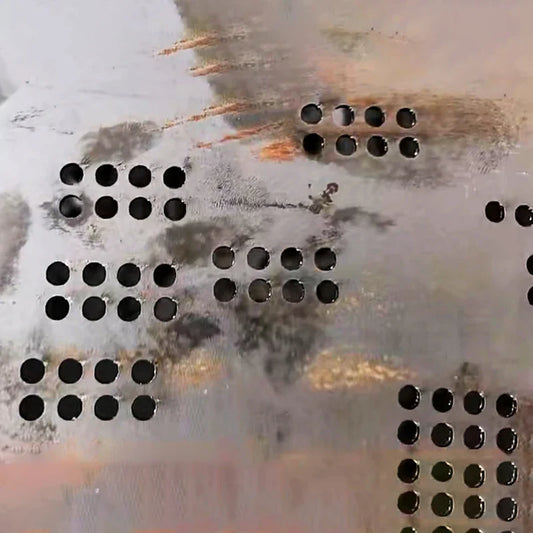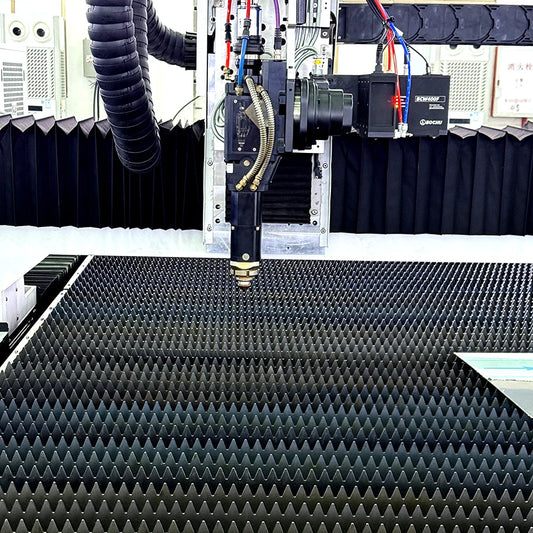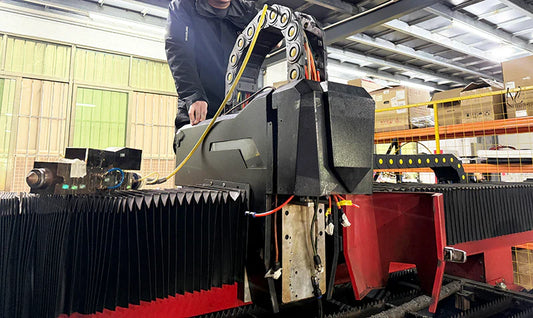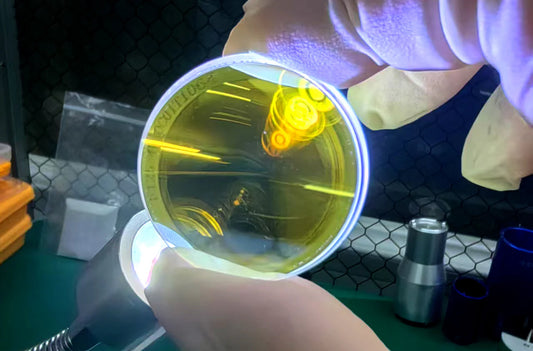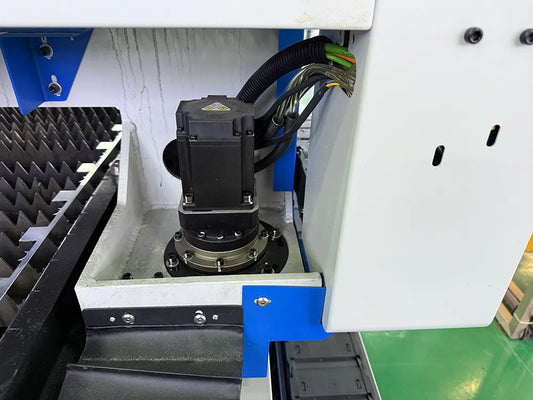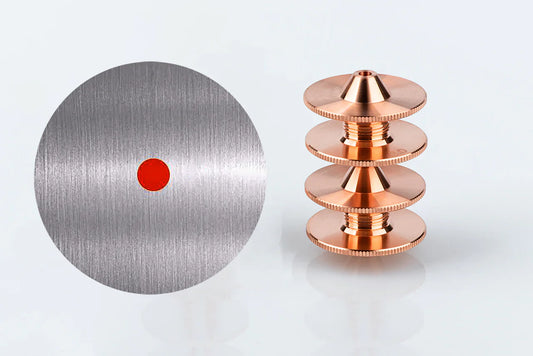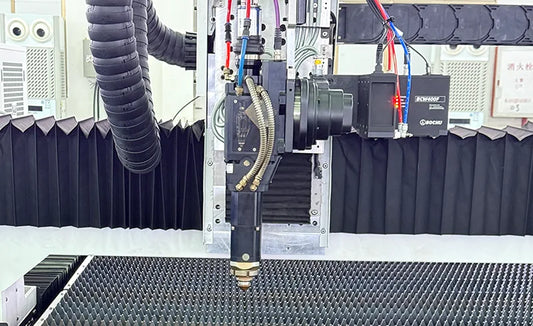Expert Tips for Maintaining Laser Cutting Machines: Maximizing Efficiency and Lifespan
Overview
Is your laser cutting machine underperforming or having frequent breakdowns? The key to achieving continuous accuracy and avoiding costly downtime is a proactive, methodical maintenance regimen. This detailed guide will walk you through daily, biweekly, and monthly maintenance procedures for industrial-grade laser cutters, ensuring that your equipment performs optimally for years.
Why Laser Cutter Maintenance Should Not Be Ignored
Laser cutting machines are precise instruments made up of complex optics, sensitive electronics, and mechanical components. Neglecting adequate maintenance can result in:
- Dust on lenses or misplaced beams, which may lead to uneven cuts.
- Premature wear, such as contaminated rails or dry gears, which accelerates component failure.
- System overheating due to clogged chillers, potentially damaging the laser source.
By dedicating just 30-60 minutes each day to maintenance, you can:
✅ Increase machine longevity by 30%+
✅ Cut unplanned downtime by 50%
✅ Save thousands of dollars each year on repairs and replacements
Daily Maintenance Checklist (30-60 minutes)
Every day, perform these vital procedures before starting and after shutdown.
-
Cleaning and Inspection of Components
- Wipe down the machine body, cabinet, and dust covers with a microfiber cloth.
- Remove any metal shavings and dirt from the guiding rails.
- Nozzles and Sensors: Check the ceramic ring and nozzle aperture for clogs. Clean residue with 99.5% industrial alcohol. Inspect the Z-axis limit sensor for dust accumulation.
- Optics: Ensure the laser beam leaves the nozzle center. Clean protective lenses with lint-free wipes and ≥99.5% isopropyl alcohol.
-
Cooling System Care
- Chiller Settings: Keep ambient temperatures below 40°C. In the summer, set the chiller to 24-26°C (low) or 30-32°C (high).
- Cleanliness: Wipe off the chiller's exterior and ensure vents are clear of dust.
-
Critical Parts Check
- Inspect for loose connections and tighten RF connections, signal lines, and preamplifiers.
- Lubrication: Ensure that gears and guide rails are properly lubricated. Avoid mixing different types of grease.
- Voltage Monitoring: Check the stabilizer’s input and output voltages. Address any fluctuations promptly to avoid electrical damage.
Biweekly Tasks (Every Two Weeks)
Allow 30 minutes for extensive cleaning during production breaks.
-
Air Filters and Condensers: Use compressed air (≤60 PSI) to remove dust from:
- Electrical cabinet AC filters
- Cooler condenser coils
- CNC control unit vents
- Cutting Head: Check the copper nozzle for oxidation and clean with a gentle brush.
Monthly Maintenance (2-4 hours)
Schedule these duties on the last weekday of each month.
-
Mechanical System Overhaul
- Structural Integrity: Tighten loose brackets on limit switches and stoppers.
- Debris Removal: Clean metal particles from the rack, pinion, and bed coverings.
- Chain Lubrication: Clean and grease the chain tracks.
-
Chiller System Refresh
- Water Replacement: Drain old distilled water and flush the system with fresh distilled water.
- Filter Replacement: Replace chiller filters every three months.
-
Documentation
Keep track of all actions in a maintenance journal, including:- Nozzle wear status
- Lubrication dates
- Voltage irregularities
5 Pro Tips to Increase Laser Cutter Longevity
-
Cutting Head Protection
After installation, wrap the upper cutting head with three layers of painter’s tape. This prevents dust from entering the cutting area while keeping operations smooth. -
Operator Training
Only certified personnel should conduct alignments and repairs. Conduct biannual safety procedure refresher workshops to ensure proper handling and troubleshooting techniques. -
Voltage Stabilizers
Install industrial-grade stabilizers to guard against power surges. Check the input voltage daily (ideally between 210 and 230 V). -
Use OEM Parts
Use only consumables specified by the manufacturer, such as nozzles and lenses, to avoid alignment difficulties and preserve peak machine performance. -
Establish a Maintenance Toolkit
Keep the following tools handy for rapid, on-the-spot maintenance:- Lint-free wipes with ≥99.5% isopropyl alcohol
- Compressed air canisters
- Precision screwdrivers
When to Call a Professional
While normal maintenance saves 80% of difficulties, contact your provider as soon as you notice:
- Beam Misalignment: The laser beam is not centered on the nozzle.
- Error Codes: Persistent alerts like “Over Temp” or “Low Water Flow.”
- Unusual Noises: Grinding sounds from gears or motors.
Keep Your Operations Running Smoothly with Pendstar!
As a trusted leader in laser cutter parts and consumables for 20+ years, we deliver 100% genuine original replacements with 3-day shipping from our global warehouses. Partnered with RAYCUS, BOCHU, MAX, WSX, and other 30+ top brands, we guarantee compatibility, quality, and rapid solutions for every repair. Whether you’re in the USA, Germany, Italy, Turkey, Brazil, or elsewhere, our localized service teams provide on-site maintenance or remote diagnostics 24/7.
Need urgent support? Contact our local teams now or schedule a online consulation.
Shop Reliable Parts Today → | Get Expert Help →
Backed by 20 Years of Laser Expertise – Your Trusted Partner in Precision Cutting Solutions.
Conclusion
A laser cutting machine is a substantial investment that should be carefully protected. By following this maintenance schedule, you can ensure razor-sharp cuts, reduce waste, and avoid production shutdowns. Start today and transform your machine from a potential cost center to a reliable powerhouse.
Need OEM parts or expert assistance? [Contact Us] for trained experts and authentic parts.

